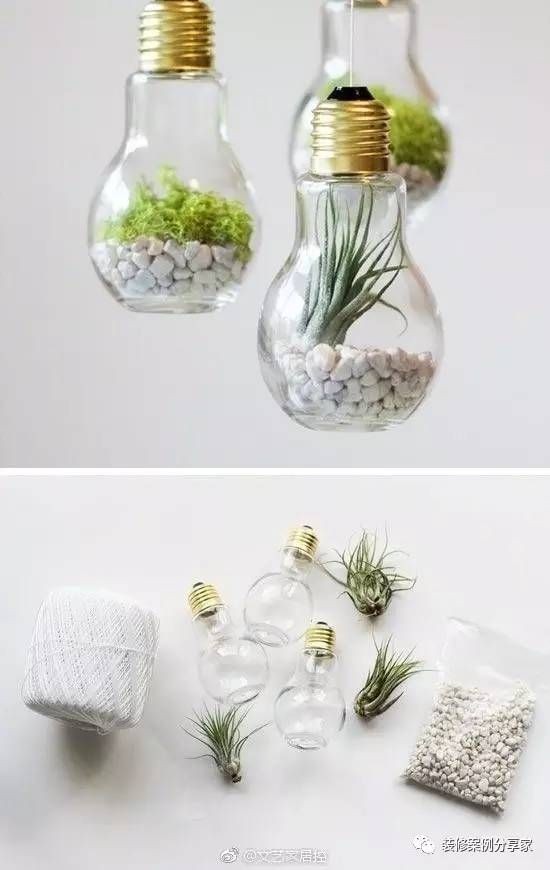Cold water washing saves electricity, while hot water washing kills bacteria? Here comes the best water temperature guide for different fabrics.
Keep fit by tracking your daily water intake with WaterMinder #生活知识# #生活规划# #生活保健# #健康管理软件#

The Scientific Truth About Laundry Water Temperature
1. How Does Water Temperature Affect Washing Effectiveness?
Water temperature directly affects the activity of detergents, the solubility of stains, and the reaction of fabric fibers:
Cold water (0-30℃): Detergent activity is low, suitable for light stains, protects fibers, prevents shrinking and fading, and consumes the least electricity. Warm water (30-40℃): Detergent activity is enhanced, effectively removes sweat and oil stains, suitable for most everyday clothing, balancing cleaning and protection. Hot water (40-60℃ and above): Detergent activity is at its highest, can dissolve stubborn stains and kill bacteria, but may damage fibers and consumes a lot of electricity.2. Advantages and Disadvantages of Cold Water Washing vs. Hot Water Washing
Cold water washing:Advantages: Energy-saving (saves 50%-80% electricity compared to hot water washing), protects clothing colors and elasticity, extends the lifespan of clothes. Suitable for colored clothing and light stains.
Disadvantages: Limited effectiveness in removing oily stains and bacteria, needs to be paired with high-efficiency detergents.
Hot water washing:Advantages: Bactericidal rate up to 99% (above 60℃), effectively removes blood stains, oil stains, and sweat odors, suitable for fabrics that require deep cleaning like sheets and towels.
Disadvantages: High electricity consumption, may cause shrinking, fading, or fiber aging, not suitable for delicate materials.
3. Why Do We Need a Water Temperature Guide?
Diverse fabric materials: Cotton, wool, silk, synthetic fibers, etc., have vastly different tolerances to temperature; choosing the wrong water temperature may ruin clothes. Complex stain types: Sweat stains, oil stains, blood stains, juice, etc., require different water temperature treatments; blind washing yields poor results. Health and environmental concerns: While hot water kills bacteria, frequent use increases carbon footprint; cold water saves energy but may leave bacteria, requiring a tailored approach. Economic considerations: The energy consumed by washing machine heating accounts for 70%-90% of total energy consumption; reasonable water temperature selection can save 100-300 yuan in electricity costs annually.II. Best Water Temperature Guide for Different Fabrics
The following details the best water temperature choices based on fabric material, stain type, and usage scenarios to help you wash accurately.
1. Cotton Clothing: Primarily Warm Water, with Cold Water as Supplement
Applicable clothing: T-shirts, shirts, jeans, sheets, towels, sportswear.
Recommended water temperature:
Regular washing (light stains): Cold water (15-30℃). Cotton fibers are durable but prone to fading; cold water protects colors, suitable for colored T-shirts and jeans.
Moderate stains (sweat stains, food residues): Warm water (30-40℃). Warm water activates detergents, removes sweat stains and light oil, suitable for sportswear and shirts.
Deep cleaning (sheets, towels): Hot water (40-60℃). Washing with hot water once a week can kill dust mites and bacteria, maintaining hygiene.
Case study: Xiao Li's white cotton T-shirt often has sweat stains; washing with cold water still left yellow marks. After switching to 40℃ warm water + oxygen bleach detergent, the stains were completely gone, and the clothing looked new.
Precautions:
For the first wash of colored cotton clothes, use cold water + salt (1 tablespoon/liter) to set the color and prevent fading. Add 1/4 cup of white vinegar when washing sheets in hot water to enhance antibacterial and softening effects. Avoid exceeding 60℃, as cotton fibers are prone to shrinking and deforming.2. Wool and Silk: Gentle Care with Cold Water
Applicable clothing: Wool sweaters, cashmere coats, silk shirts, silk scarves.
Recommended water temperature: Cold water (15-25℃, hand washing preferred).
Wool and silk are protein fibers; high temperatures can damage molecular structures, leading to shrinking, hardening, or loss of luster. Cold water combined with specialized detergents (like wool wash) can gently clean and protect fiber elasticity.Case study: Xiao Zhang's cashmere scarf shrank severely after being machine washed at 40℃; switching to hand washing with 20℃ cold water + neutral detergent restored its softness.
Precautions:
Avoid hot water (over 30℃), and refrain from using strong machine wash modes; select "wool program" on the washing machine or hand wash. Add 1 teaspoon of conditioner (instead of fabric softener) to reduce fiber friction. Lay flat to dry after washing, do not hang, to prevent stretching and deformation.3. Synthetic and Blended Fabrics: Warm Water Balances Cleaning and Protection
Applicable clothing: Polyester jackets, nylon sportswear, cotton-polyester blended shirts, yoga pants.
Recommended water temperature:
Regular washing: Cold water (15-30℃). Synthetic fibers are durable but prone to pilling; cold water reduces fiber wear, suitable for lightweight sportswear. Oil stains or sweat odors: Warm water (30-40℃). Warm water can dissolve grease and remove sweat odors from sportswear, suitable for yoga pants and jackets.Case study: Xiao Wang washed a polyester down jacket in hot water, resulting in clumping of the filling. After switching to 30℃ warm water + specialized down jacket detergent, it was fluffy again.
Precautions:
Avoid temperatures over 40℃ for synthetic clothing, as high temperatures may cause fibers to melt or deform. Add 1 tablespoon of baking soda (for 500 grams of clothing) to remove odors and enhance cleaning power. Select low-speed spin for machine washing to reduce pilling and stretching.4. Special Clothing and Scenarios: Hot Water for Precise Sterilization
Applicable clothing: Baby clothes, underwear, cleaning rags, pet supplies.
Recommended water temperature:
Baby clothes and underwear: Hot water (40-60℃). Baby skin is sensitive; hot water can kill E. coli and Staphylococcus aureus, ensuring hygiene. Cleaning rags and towels: Hot water (above 60℃). Washing at high temperatures once a week removes grease and bacteria, preventing cross-contamination. Pet supplies: Warm water (40℃). Removes hair and odors while protecting the fabric.Case study: Xiao Zhao's baby clothes still had a milk stain smell after washing in cold water; switching to 50℃ hot water + baby-specific detergent made the clothes clean and sterile, reducing rashes on the baby's skin.
Precautions:
Check clothing labels before hot water washing to confirm temperature tolerance (marked "60℃" or "washable at high temperatures"). Add oxygen bleach (non-chlorine bleach) to enhance sterilization, suitable for white fabrics. Immediately dry after hot water washing to avoid moisture breeding bacteria.5. Stain Types and Water Temperature Combinations
Sweat stains, urine stains: Warm water (30-40℃) + enzyme detergent. Enzymes are most active in warm water and can break down protein stains. Blood stains: Cold water (15-25℃). Hot water can cause proteins to coagulate, fixing blood stains; soaking in cold water for 30 minutes and gently rubbing is sufficient. Oil stains, milk stains: Warm water (40℃) + degreasing detergent. Warm water dissolves grease, speeding up cleaning. Juice, coffee stains: Cold water (20-30℃) + neutral detergent. Hot water may fix pigments, while cold water is easier to dilute.Case study: Xiao Lin washed blood-stained sheets in hot water, resulting in the stains becoming difficult to remove. After switching to cold water soaking + salt scrubbing, the sheets returned to white.
网址:Cold water washing saves electricity, while hot water washing kills bacteria? Here comes the best water temperature guide for different fabrics. https://www.yuejiaxmz.com/news/view/1184255
相关内容
Effective Stain Removal with Premium green cleaners SolutionsFactory Universal Washing Machine Accessory Parts Flexible Washer Dishwasher Extension Water Outlet Drainage Hose Pipe With Hook
Cách tạo 10 sản phẩm giặt ủi tự làm
日常生活中每到换季时候服装的清洗保养应该怎么做
生活中有哪些节约技巧,请问生活中有哪些节约技巧和方法?
节约能源资源英语作文(通用12篇)
如何节约资源的英语作文(通用10篇)
节约用水的英语作文(通用21篇)
英语作文:节约水电(通用22篇)
如何节约能源英语作文10篇

